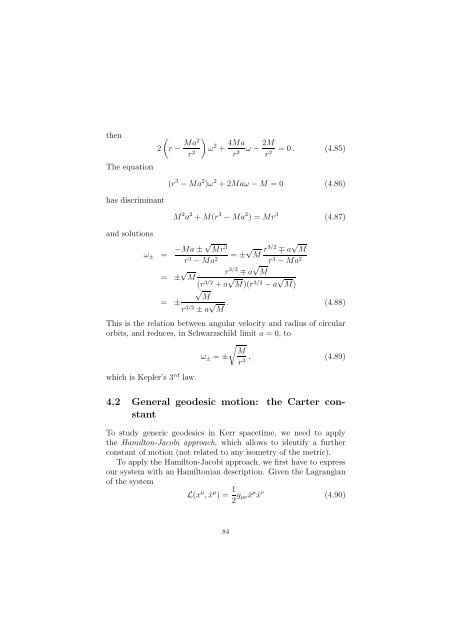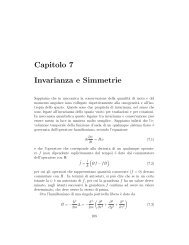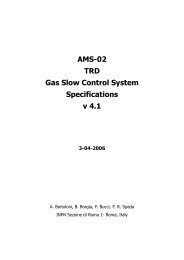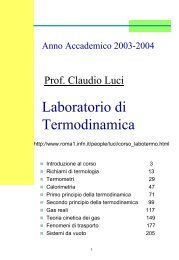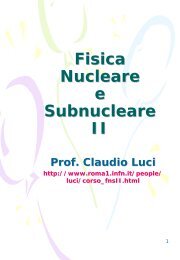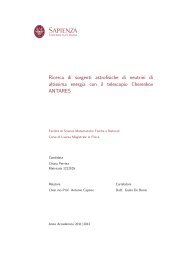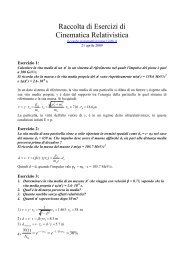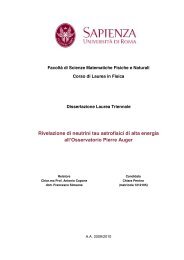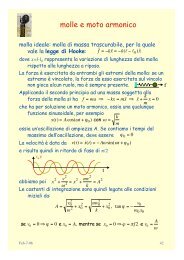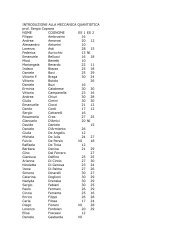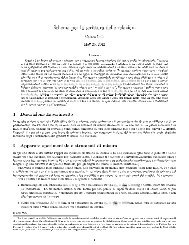Create successful ePaper yourself
Turn your PDF publications into a flip-book with our unique Google optimized e-Paper software.
<strong>the</strong>n<br />
The equation<br />
)<br />
2<br />
(r − Ma2 ω 2 + 4Ma ω − 2M =0. (4.85)<br />
r 2 r 2 r 2<br />
(r 3 − Ma 2 )ω 2 +2Maω − M =0 (4.86)<br />
has discriminant<br />
M 2 a 2 + M(r 3 − Ma 2 )=Mr 3 (4.87)<br />
and solutions<br />
ω ± = −Ma ± √ Mr 3<br />
= ± √ M r3/2 ∓ a √ M<br />
r 3 − Ma 2<br />
r 3 − Ma 2<br />
= ± √ r 3/2 ∓ a √ M<br />
M<br />
(r 3/2 + a √ M)(r 3/2 − a √ M)<br />
√<br />
M<br />
= ±<br />
r 3/2 ± a √ M . (4.88)<br />
This is <strong>the</strong> relation between angular velocity and radius <strong>of</strong> circular<br />
orbits, and reduces, in Schwarzschild limit a =0,to<br />
which is Kepler’s 3 rd law.<br />
ω ± = ±√<br />
M<br />
r 3 , (4.89)<br />
4.2 General geodesic motion: <strong>the</strong> Carter constant<br />
To study generic geodesics in <strong>Kerr</strong> spacetime, we need to apply<br />
<strong>the</strong> Hamilton-Jacobi approach, whichallowstoidentifyafur<strong>the</strong>r<br />
constant <strong>of</strong> motion (not related to anyisometry<strong>of</strong><strong>the</strong><strong>metric</strong>).<br />
To apply <strong>the</strong> Hamilton-Jacobi approach, we first have to express<br />
our system with an Hamiltonian description. Given <strong>the</strong> Lagrangian<br />
<strong>of</strong> <strong>the</strong> system<br />
L(x µ , ẋ µ )= 1 2 g µνẋ µ ẋ ν (4.90)<br />
84


